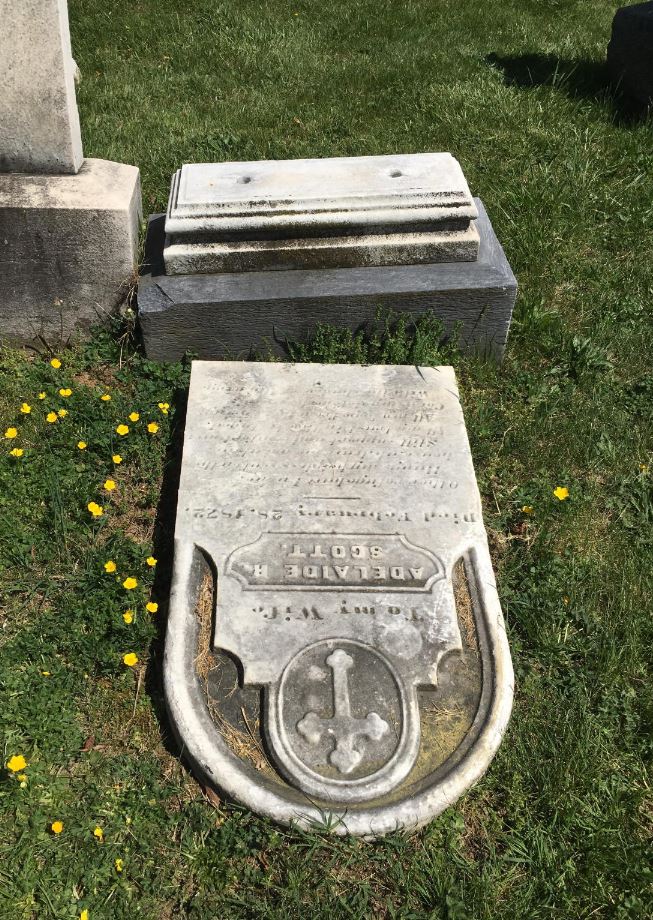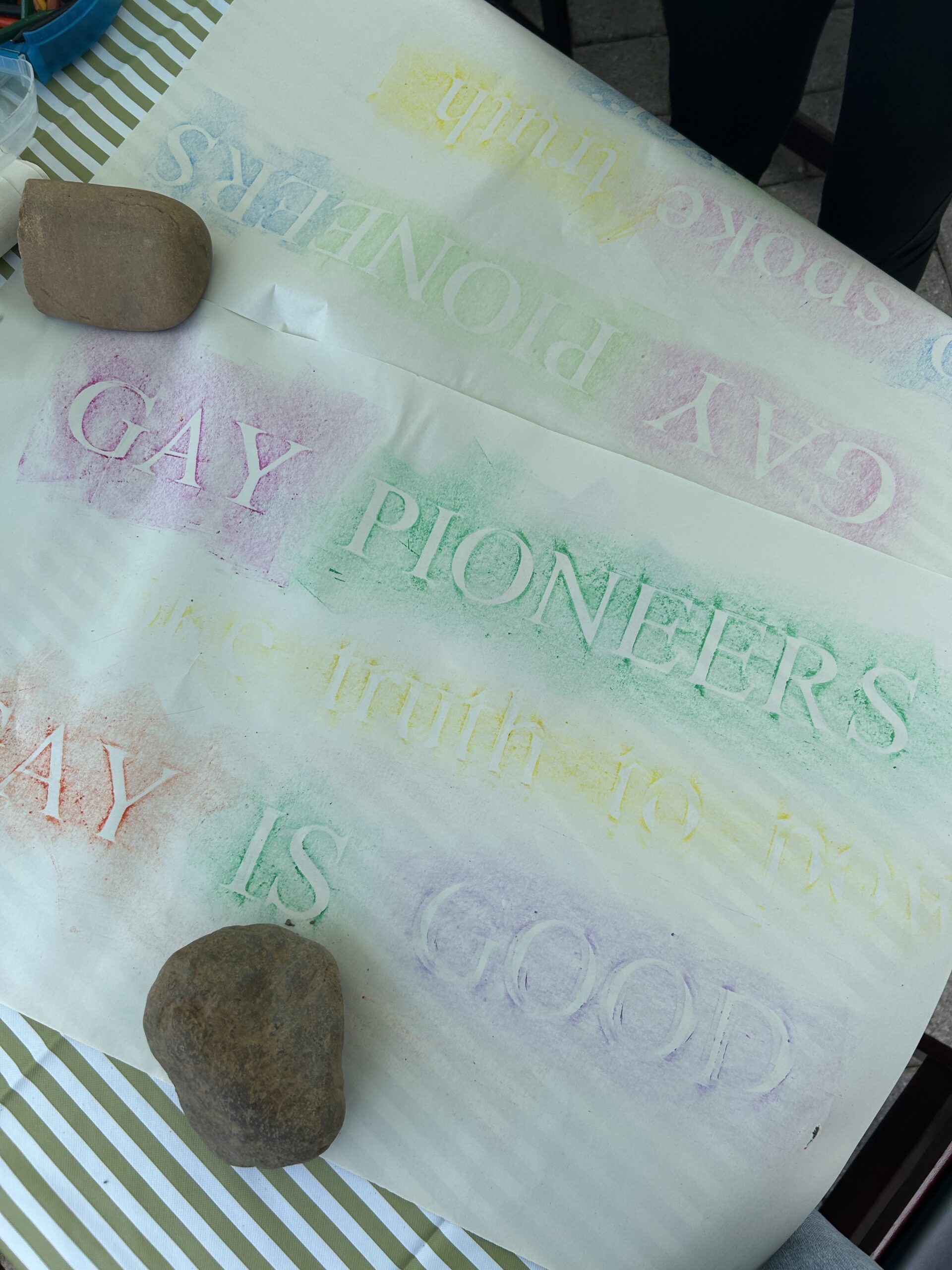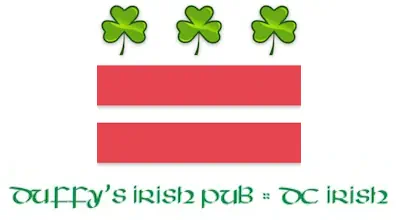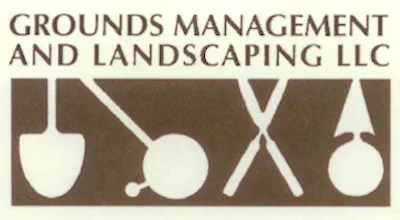Anyone who has visited a cemetery in Washington, DC, knows that headstones are an enduring and important part of the landscape.
From humble beginnings to their modern iteration, headstones have evolved over time, each step forward driven by technological advancements as well as cultural norms.
But why do we use headstones? Keep reading to find out.
1. To indicate the location of a burial
Throughout history, headstones have served practical purposes like identifying gravesites and differentiating those taken from unoccupied pieces.
Marking a burial site makes it easier for people visiting to find their deceased’s grave and tell them apart from others.
2. To commemorate the deceased
Headstones humanize the dead with important details such as their name, title, age, key dates, and epitaph etched on them.
This helps those passing by recall that it’s a person lying beneath these stones no matter how much they get used to seeing the monument.
Commissioning a memorial also allows the deceased’s survivors to express their sentiments at the time of interment, further serving to personalize the grave.
3. For genealogical identification
Gravestones are also a prime source of information for the deceased’s descendants interested in tracing their ancestry.
Beyond names and dates, a marker can provide details like where they are from, their relationships, cause of death, social standing, and community affiliations.
Sometimes, a headstone bears information about the deceased’s immediate circle buried nearby. These contexts can be a gold mine for future generations looking to connect dots.
4. To protect the grave
Before concrete burial enclosures became common, people used stone markers to cover a gravesite to prevent animals from digging up the body.
This would also deter grave robbers and other such entities from vandalizing burial sites as the presence of a headstone indicated the body therein was spoken for.
5. Religious and cultural representation
Headstone symbolism can also depict the religion and culture of the deceased. Different denominations used different icons to mark their dead’s final resting place.
For example, Christians use sculptures of different variations of an angel, book, cross, trumpet, gate, etc., on their headstones. Some people use a line of prayer or reading from their holy book as an epitaph.
Other cultures and religions use animals, plants, flame, celestial objects like the moon and the star, and several others, each with its unique meaning.
These symbols honor the deceased’s belief system, prepare their spirit for the journey ahead, and protect their soul, among other religious sentiments.
6. As historical artifacts
Lastly, grave markers double as artifacts, especially in historic cemeteries, for visitors to get a sense of the type of people buried there.
Students of history and tombstone tourists can visit and study the wide range of monuments to document, make predictions and draw usable conclusions about different time periods.
To conclude, the use of headstones in Washington DC cemeteries can be as much for practical reasons as they are sentimental. You might want to be mindful of these purposes when arranging for a memorial. Call or visit us today, and we’ll be happy to help.
President's Pick
May 17, 2022
stay up to date
When you sign up for our mailing list, you’ll receive closure notifications, event information, and general updates.












